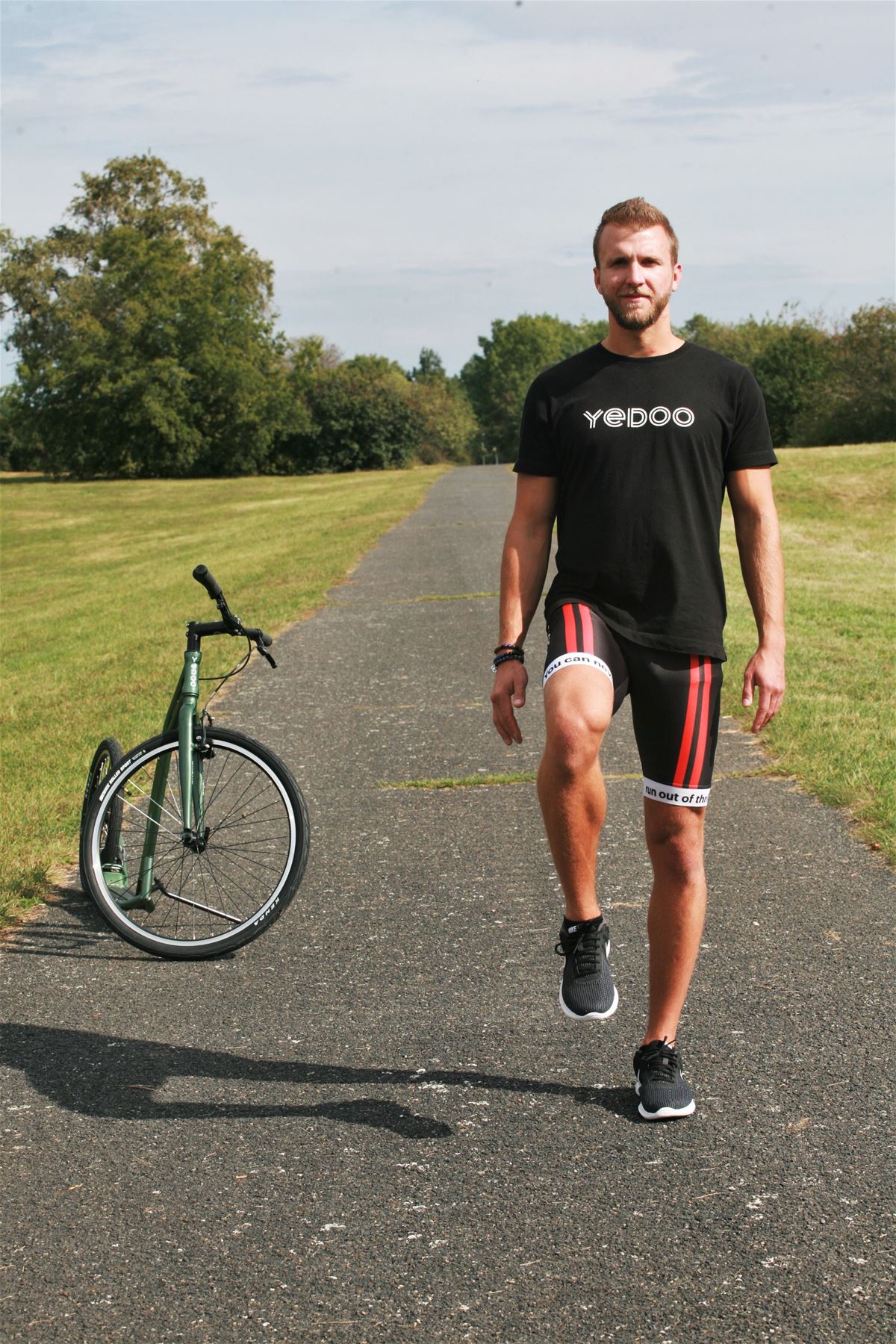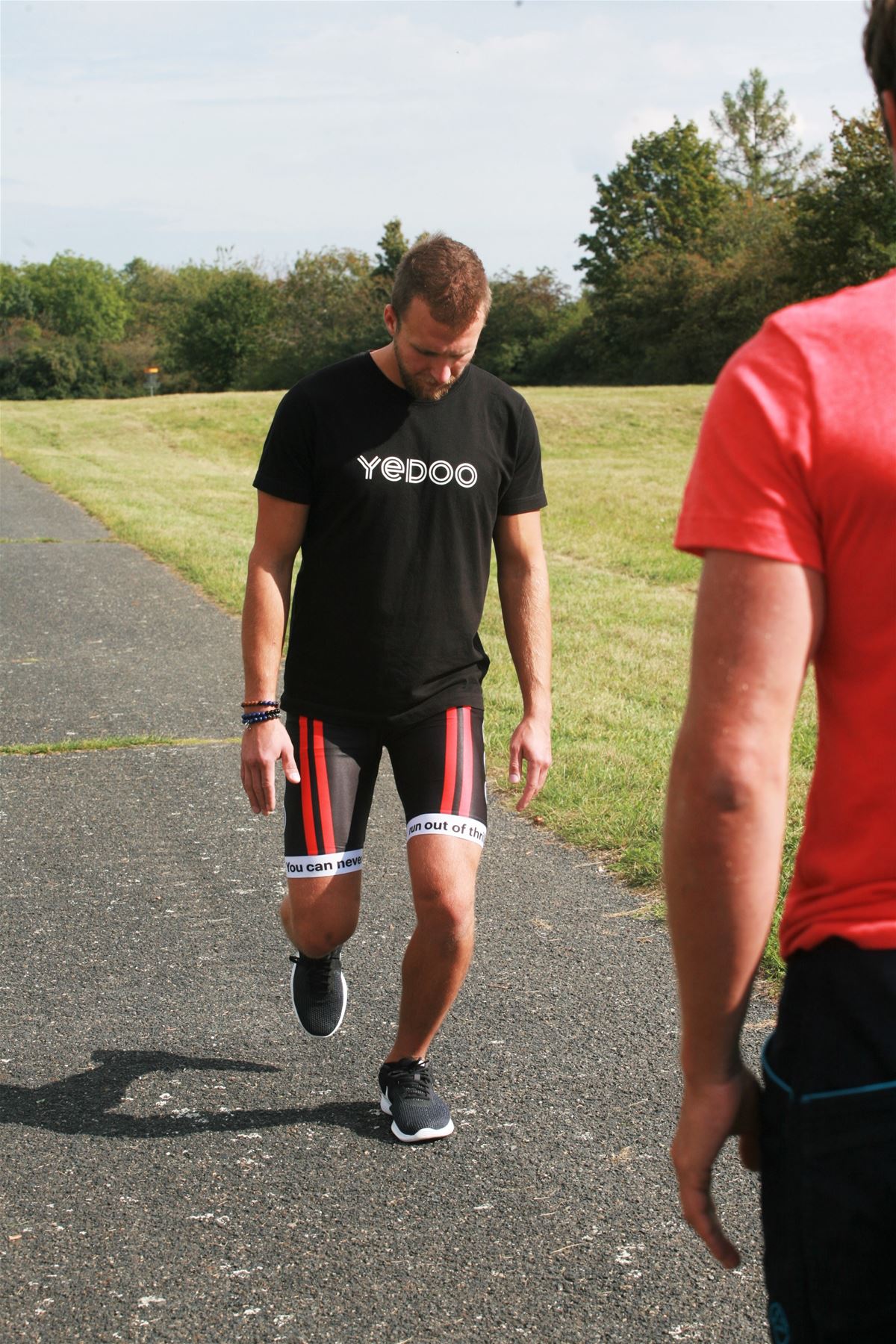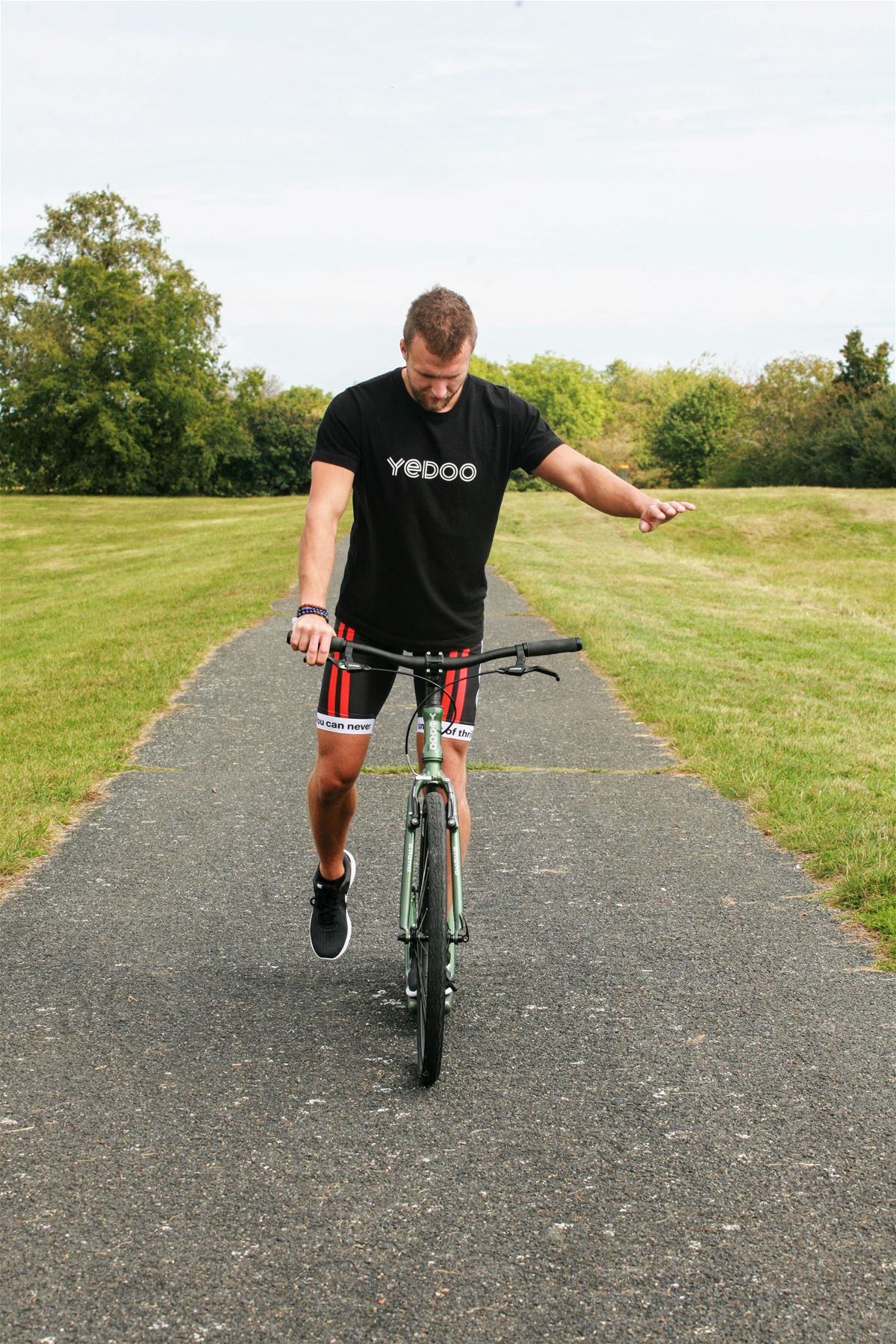Stability is the basis of all healthy movement Movement therapist Ondřej Růžek explains why
| Vendula Kosíková, Ondřej RůžekAccording to movement therapist Ondřej Růžek, anyone, who is really serious about riding a scooter, should develop his stability and balance. Nearly every person has a tendency to prefer one upper limb and one lower limb, thereby developing functional and muscular imbalance.
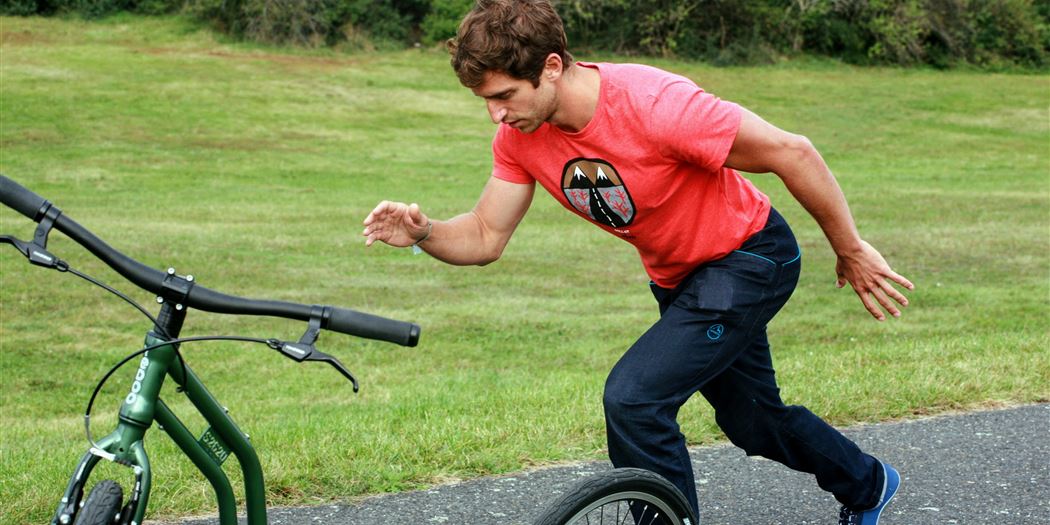
“While even unhealthy movement is better than none, we should endeavour for the maximum perfection, especially in a sport activity we do regularly. We will achieve the basic perfection after 100 hours of practice at the earliest, professor Pavel Kolář claims in his book entitled Life in Motion, and for mastery, we will allegedly require up to 10,000 hours.”
If we have good stability, our movements (during sport as well as in regular life) are efficient, coordinated and do not endanger our health. Let us therefore take a test now with Ondřej, which will help you find out, how you are doing in terms of stability.
Stability test
“The quality of any movement activity, scootering included, derives from the extent, to which we can be stable even in unstable positions,” Ondřej Růžek explains.
“One of the readily available diagnostic means is, for example, the so-called “bear” position: On all four (see photo) lift first an upper limb and them the opposite lower limb. If you have just found out that in one or the other position you are losing balance, you can be sure that your scootering will be less stable in the given diagonal. This may be reflected for example in a different strength of push-off, or in a different stability of the feet standing on the footboard.”
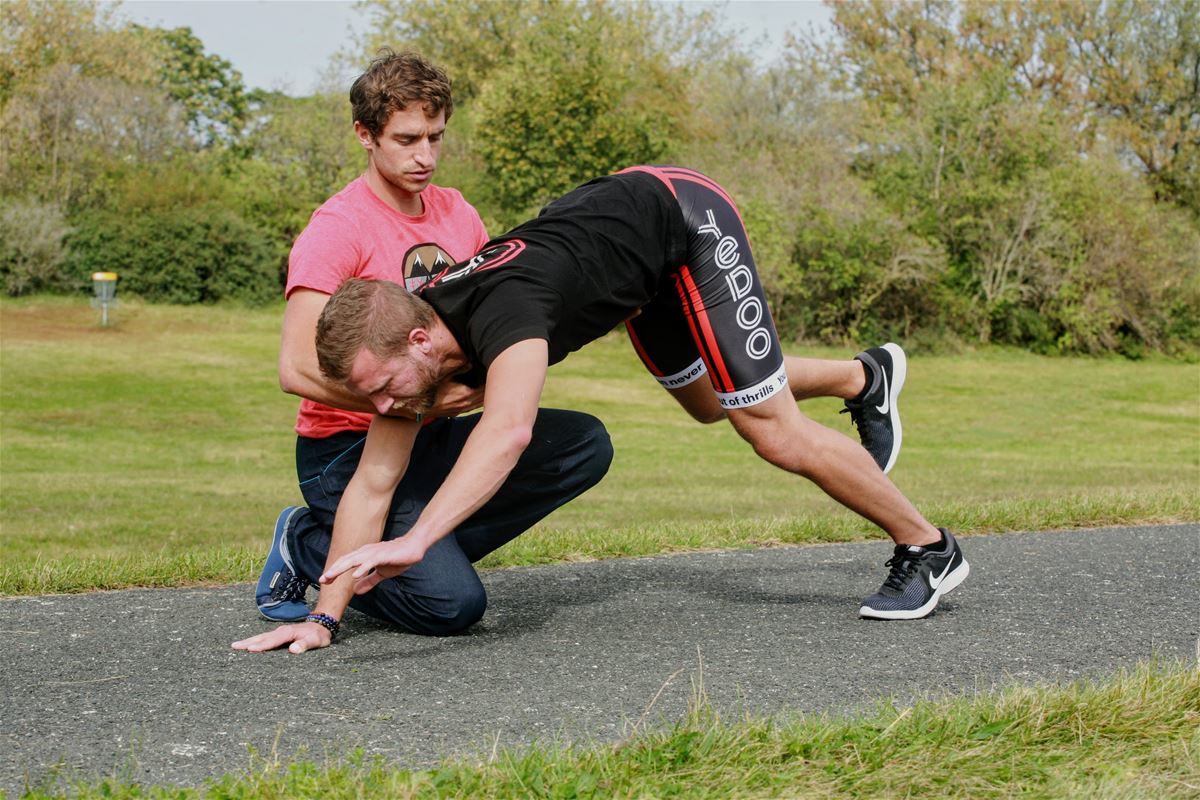
Becoming aware of movement is the key to perfecting it
When perfecting any movement activity, it will be very helpful for us to become aware of the movement itself. Of how its individual stages take place and which segments of the body are involved in it. “When riding a scooter, first pay attention to how your body behaves during push-off, which is the most demanding on stability.
Test how well you can perceive motion
“Stand on a scooter, lift the pushing leg and try to remain standing. Observe, what stabilises the scooter, what keeps it vertical. What mechanisms does it use for it?
The first answer is easy – the rider stabilises the scooter. And what with? Generally speaking: with natural bodily processes on the level of the central nervous management. Our brain transforms perceptions from our senses and “sensors” into signals for our musculoskeletal system, which “switches muscles on and off” in perfect harmony according to the required movement task.”
After push-off, the energy from the pushing lower limb is transferred via the centre of gravity into the entire body. Any potential instability will subsequently show for example in a slight twist of the handlebar, as a result of which the front wheel will deviate from the straight line and will make a wavy one. The rider thus travels from left to right instead of keeping a straight track and riding directly forward. Balancing the physical imbalances is therefore a way to economical and efficient ride.
It applies the other way around, though, too: Riding a scooter, if performed in an optimal way, helps build stability and thus minimise the above-mentioned imbalances.
Accordingly, you will achieve the best results, if you complement scootering for example with selected positions from developmental kinesiology, such as the above-mentioned “bear” position.”
The bear – an exercise that will help you improve stability
You can use the above-mentioned bear position for developing stability as well. How to do it? “Gradually switch the positions (diagonals), holding each position for 2 to 4 breaths. First keep the free limbs only slightly above ground, using them for stabilisation.
Look under your chest, keep a straight back, breath into the belly button. Keep the knee of the lower limb you are leaning on rotated externally (away from the body). [IK1] Before switching the limbs, kneel down and rest a little each time.”
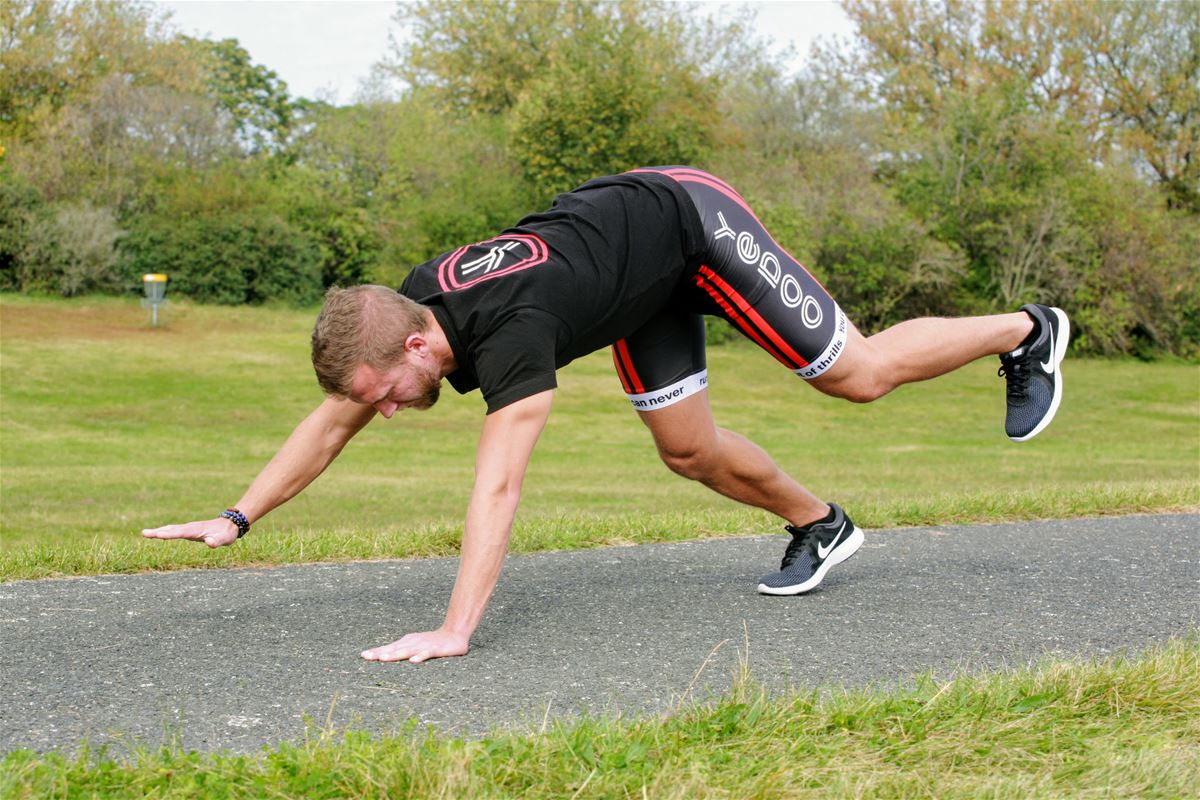
Other easy positions to check your stability
Another even easier way to check your stability is squatting on one leg, and then on the other. If while squatting you do not twist, do not sway from one side to the other and you keep your shoulders and hips in horizontal position, your stability is good.
